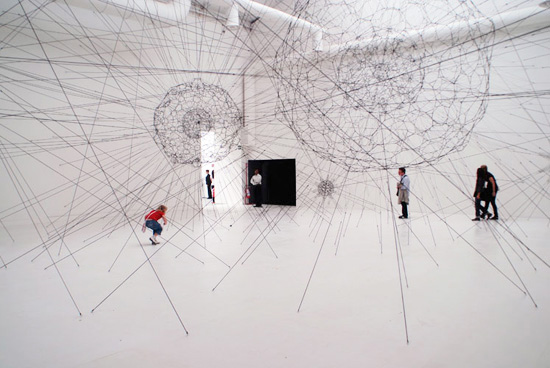Bruno Latour, Reassembling the Social. An Introduction to Actor-Network Theory (Oxford: Oxford University Press, 2005).
Peter Sloterdijk, Sphären III – Schäume (Frankfurt: Suhrkamp, 2004) (partial translation: Peter Sloterdijk, Terror from the Air, trans. Amy Patton & Steve Corcoran (Los Angeles: Semiotext(e), 2009)); see also Peter Sloterdijk, “Foreword to the Theory of Spheres,” in Cosmograms, ed. Melik Ohanian and Jean-Christophe Royoux (New York and Berlin: Lukas and Sternberg, 2005) 223–241, see →.
Gilles Deleuze and Félix Guattari, What Is Philosophy?, trans. Janis Tomlinson and Graham Burchell III (New York: Columbia University Press, 1996).
Henri Bergson, Durée et simultanéité. À propos de la théorie d'Einstein (Paris: PUF, 2009).
See →.
Jimena Canales, A Tenth of a Second: A History (Chicago: The University of Chicago Press, 2009).
This reenactment was pursued in February 2011 at Eliasson’s Institut für Raumexperimente in Berlin and is still in progress.
Elie During, Bergson et Einstein: la querelle du temps (Paris: Presses Universitaires de France, 2011).
Alfred North Whitehead, Concept of Nature (Cambridge: Cambridge University Press, 1920).
See Donna J. Haraway, When Species Meet (Minneapolis: Minnesota University Press, 2007).
Isabelle Stengers, Cosmopolitics I, trans. Robert Bononno (Minneapolis: University of Minnesota Press, 2010).
Bruno Latour, “Steps Toward the Writing of a Compositionist Manifesto,” New Literary History 41 (2010): 471–490.
